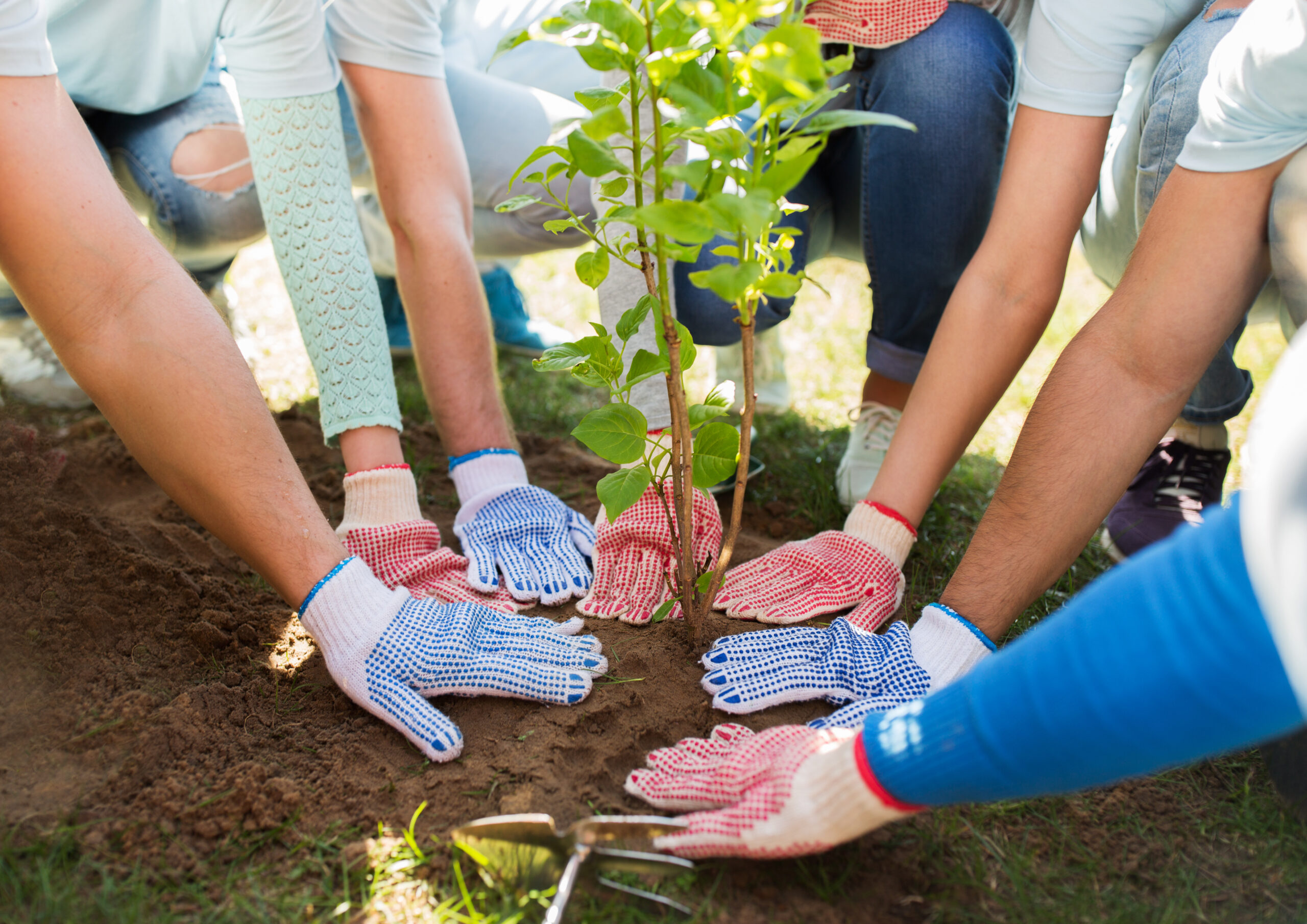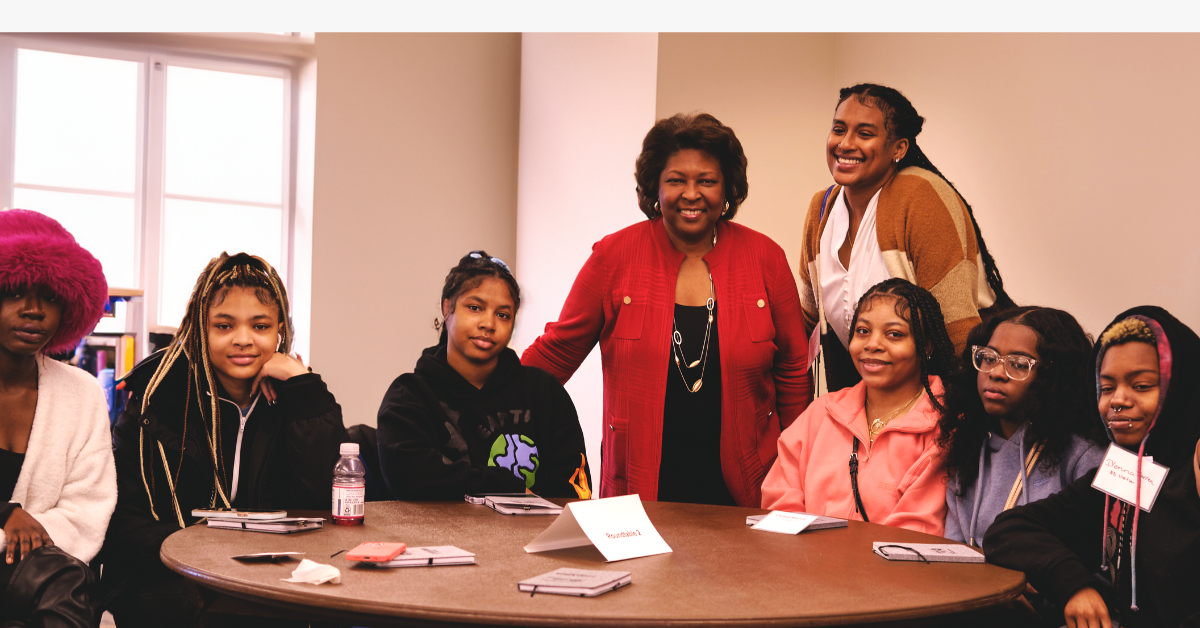
The word ‘community’ evokes a sense of belonging, a place where we all come together to create something greater than the sum of its parts. But how do we build stronger, more resilient communities in an increasingly complex world?
One promising approach lies in understanding and implementing place-based strategies. These strategies, designed to address the unique challenges and opportunities within specific geographic areas, are making waves in the fields of urban planning, social justice, and sustainable development.
Explore the nuances of place-based strategies and how they can uplift communities and create lasting impact below.
What Are Place-Based Strategies?
Place-based strategies are approaches used in urban and regional planning to address specific challenges and opportunities within a geographic area, such as a neighborhood, city, or region.
They aim to spur economic growth, champion social justice, and nurture sustainable development, all while celebrating what makes a community unique. It’s all about playing to local strengths and inspiring community members to get involved.
Place-based strategies consist of custom-fit policies, investments, and projects that fit the needs and characteristics of a particular place. This approach prioritizes the happiness and well-being of residents, elevating everything from parks and schools to local businesses to uplift communities.
People-Based vs. Place-Based Strategies
When taking on today’s complex social and economic challenges, one size never fits all. That’s why it’s so crucial to understand the nuances between people-based and place-based strategies. These two approaches are like two sides of the same coin, each with its unique strengths and limitations.
People-based strategies focus on the individual, often aiming to provide skills, education, or resources that help them succeed no matter where they are. This approach is like planting seeds in a portable pot; you can take it wherever you go, and it will grow.
On the other hand, place-based strategies emphasize the environment or community as a whole. This approach aims to improve the soil, the water, and the climate—everything that makes the garden a place where all kinds of plants can grow and flourish. It creates neighborhoods, cities, or even whole regions where everyone can thrive.
In a perfect world, we’d seamlessly integrate both strategies. Doing so means we could meet immediate individual needs and create nurturing environments that uplift entire communities.
Choosing between a people-based or place-based strategy isn’t a matter of ‘either-or’ but ‘how can we best combine these for maximum impact?’ The key lies in a balanced, context-specific approach that addresses challenges from all angles.
People-Based Strategies
People-based strategies are all about honing in on the individual. Imagine them as your personal toolkit for life, offering resources like education, job training, and healthcare. The aim is to empower people to succeed wherever they are, free from the constraints of their geographic location.
These strategies are particularly adept at tackling issues like poverty, inequality, and limited access to essential services. They offer targeted interventions that help people rise above their circumstances.
However, it’s worth noting that they might not fully address the structural issues or the community context that also shapes outcomes.
Place-Based Strategies
As we mentioned earlier, place-based strategies focus on revitalizing specific geographic areas to build opportunities where people live. These strategies understand that your environment can often influence your life chances almost as much as your genetic code.
Investments in infrastructure, housing, and community development are the bread and butter of place-based approaches. Local voices are not just heard but actively encouraged to participate and collaborate, making the community the co-author of its own success story.
It’s crucial to mention that while these strategies can breathe new life into struggling areas, their effectiveness may be compromised if they’re not in harmony with people-based approaches.
Examples of Place-Based Initiatives
So we know what place-based strategies are, but what do these strategies actually look like when they spring to life? Let’s explore some tangible examples that showcase the many approaches you might find:
- Eco-Friendly Transit Hubs: Fostering mixed-use development near public transit to minimize car use and encourage walkable, eco-friendly communities.
- Community Face-Lifts: Pumping investments into infrastructure, affordable homes, and local amenities to elevate everyday life in particular neighborhoods.
- Centers for Youth and Families: Establishing multipurpose facilities with recreational and educational offerings to enrich the lives of young people and their families.
- Art and Culture Hotspots: Designating special zones to nurture arts and culture, aiming to boost tourism and energize the local economy.
- Greening the Scenery: Restoring natural landscapes, like wetlands or waterfronts, to not only improve environmental health but also to uplift community spirits.
- Historical Preservation: Safeguarding and showcasing historical landmarks to attract visitors and keep the community’s heritage alive.
- Targeted District Focus: Zeroing in on specific districts or zones for interventions, selected at both state and Federal levels based on unique goals and needs.
State-Level Districts
Economic development zones are carved out by states to boost economic growth in designated regions. Companies founded in these zones often enjoy perks like tax breaks, grants, and other incentives that make it easier for them to invest and create jobs.
Similarly, enterprise zones are the state’s own take on a federal idea. Think of them as specialized economic rescue teams, offering added incentives to breathe life into distressed areas at the state level. Enterprise zones exist to revitalize struggling regions and get them back on their feet.
Empowerment zones target communities impacted by poverty and unemployment. Businesses operating in these zones get tax credits, grants, and other forms of support. It’s like a local stimulus package to transform economically disadvantaged areas into thriving communities.
Finally, education improvement zones are established to channel extra resources and support to schools in underserved communities, all to uplift educational outcomes for students and equip them for brighter futures.
Federal-Level Districts
Federal enterprise zones are the federal government’s way of generating economic development. These zones, marked by specific geographic boundaries, come with enticing tax incentives and grants to lure businesses into setting up operations and generating jobs.
Meanwhile, opportunity zones serve as investment hotspots for economically distressed areas. These zones use census data to offer tax benefits to encourage long-term investment in low-income communities.
Promise zones are a commitment made by the government to improving life in high-poverty urban, rural, and tribal communities. With federal assistance, these zones aim to enhance everything from education and economic prospects to housing and public safety.
As the name suggests, transportation and infrastructure improvement zones get the federal green light—and funding—for targeted transportation projects. Whether it’s constructing new roads, enhancing public transit, or upgrading ports, these zones focus on connecting places and stimulating commerce.
The choice of district type depends on the objectives of the strategy, whether it’s economic development, poverty reduction, education improvement, or other specific goals. Collaboration between state and federal governments, local authorities, and community organizations such as United Way is crucial in implementing successful place-based strategies.
Place-Based Strategies: A Case Study
Project Community Connect (PCC) is an annual signature initiative hosted by United Way of the National Capital Area. This event aims to provide vital services to the ALICE (Asset Limited, Income Constrained, Employed) population and vulnerable individuals and families , such as those at risk of homelessness. The unique aspect of PCC is its focus on meeting people where they are—physically, emotionally, and circumstantially.
Annually , United Way NCA hosts pop-up resource fairs in local communities in the National Capital Area. Through this initiative, we provide equitable access to much-needed health, education and economic opportunity resources for the ALICE (Asset Limited, Income Constrained, Employed) population.
ALICE represents the nearly 1.3 million low to moderate-income individuals in our region who are working hard but are struggling to afford basic necessities. These individuals could be our neighbors, colleagues, friends, or even family members, living just one unexpected expense away from financial hardship. Despite their tireless efforts and employment, the high cost of living and limited access to resources make it challenging for them to achieve financial stability.
These resource fairs streamline access to numerous services by congregating local providers under one roof. The fairs target several critical areas of need, including medical services, housing assistance, and employment opportunities, among others, to offer a holistic approach to support.
To date, these resource fairs have proven to be a cornerstone of support for the community, successfully serving nearly 3,000 participants through our annual signature Project Community Connect (PCC) initiative. United Way NCA facilitates direct interactions between PCC participants and community-based organizations to ensure individuals and families receive the tailored support they need to navigate their challenges effectively.
Project Community Connect is a shining example of a place-based strategy because of its adaptability and holistic approach. It recognizes that to create a thriving community, you must address not just one aspect but the sum of its parts. It’s a testament to what we can achieve when local organizations, policymakers, and subject matter experts collaborate to make a tangible difference in the lives of community members.
Support Your Community With United Way NCA
At United Way NCA, we’re dedicated to improving our community. We invite you to discover how we’re leveraging these tailored approaches to create positive change, enriching the fabric of our neighborhoods and fostering a stronger, more vibrant future for all. Check out our programs, get involved, or donate today to support our initiatives.


